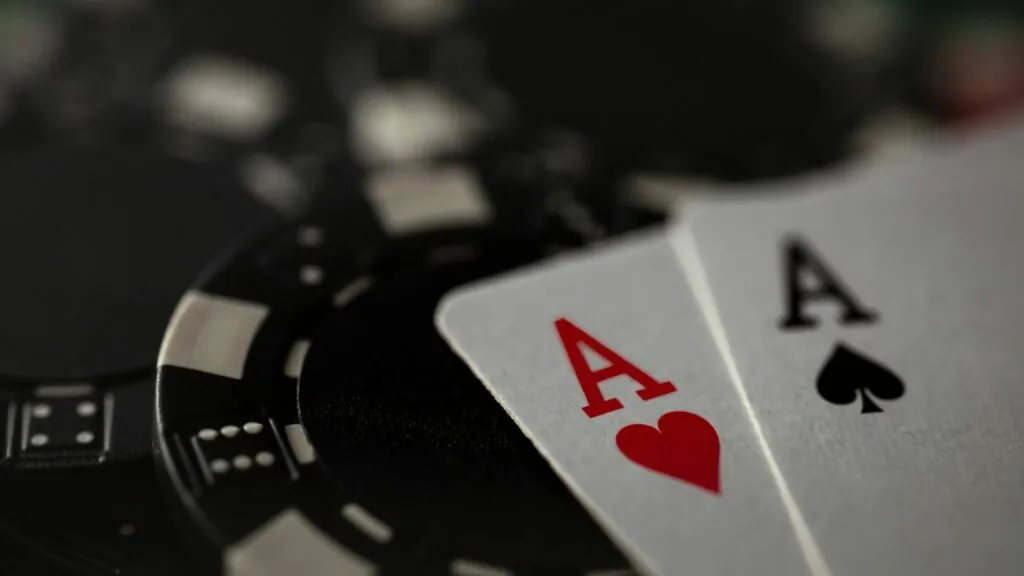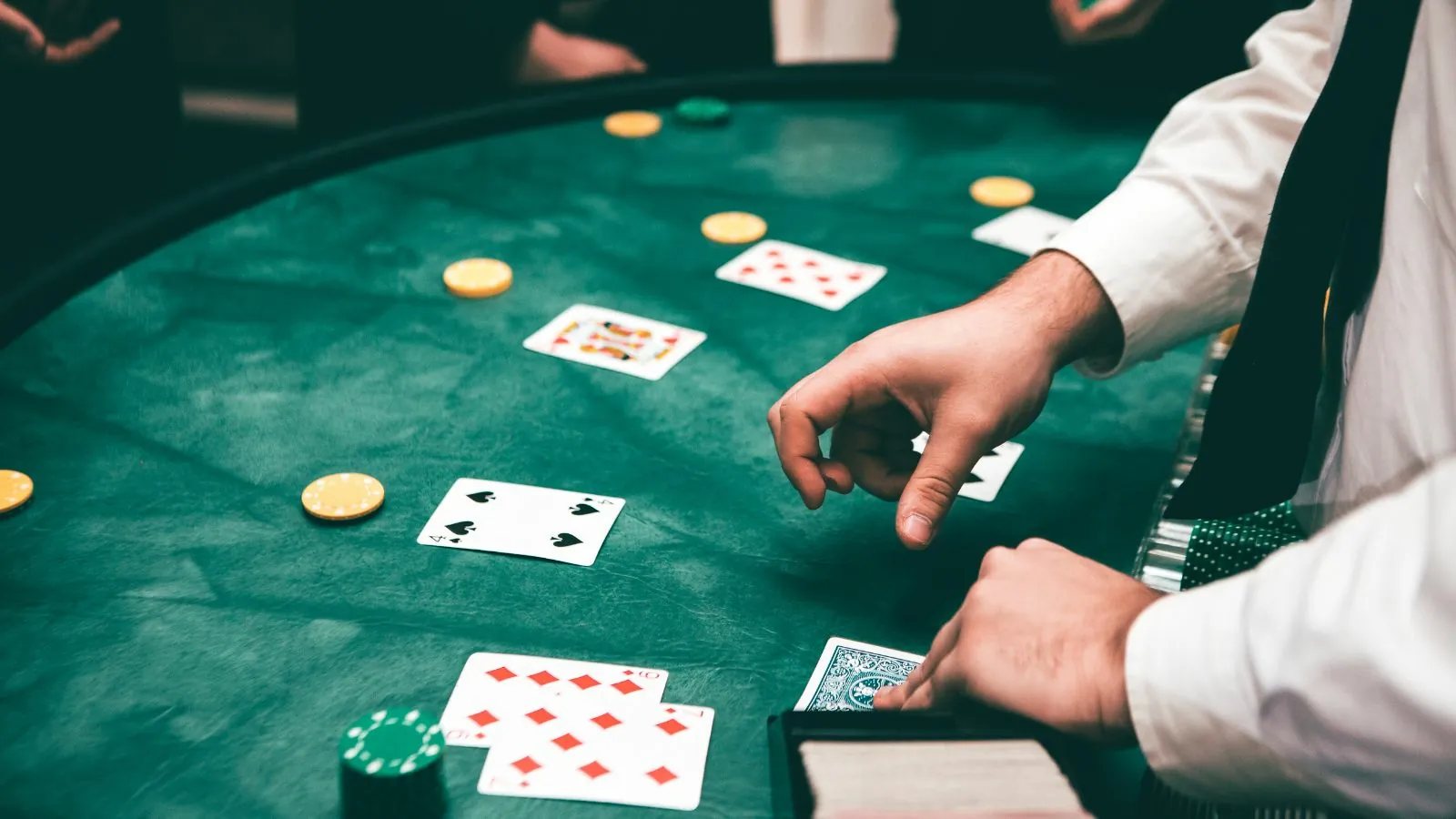In an age of overstimulation and constant connectivity, physical spaces have become more than just locations—they’re sanctuaries, instruments, and sometimes even reflections of our subconscious desires. Among the most fascinating examples of this are immersive entertainment environments designed not just for leisure but for psychological engagement. One such space is the pari sportif, a complex casino structure known for its multi-sensory allure, vibrant energy, and highly orchestrated interior design. These places are not only sites of monetary exchange, but also psychological theaters that influence decision-making, emotional response, and time perception.
The pari sportif is constructed to do more than house games; it is crafted to subtly command attention, obscure time, and encourage extended interaction. No windows, no clocks, carefully adjusted lighting—every design element serves a behavioral goal. From the labyrinthine layout to the plush textures underfoot, the environment is curated to make people lose track of their surroundings, feel comfortable, and remain in the moment. This isn’t mere architecture—it’s behavioral engineering. The casino becomes a living space of controlled randomness, where people aren’t just playing games but navigating a highly calculated experience.
This notion of environmental control isn’t exclusive to casinos. Museums, hospitals, airports, and even supermarkets use subtle architectural cues to guide human behavior. But while those spaces are usually governed by utility or efficiency, entertainment venues—especially casinos—are governed by emotion. Designers manipulate variables like color, sound, air quality, and scent to evoke moods that range from anticipation to satisfaction. The result is a kind of emotional theater where the audience doesn’t merely observe—they participate.

Lighting, for example, plays a critical role. In a casino setting, it’s never harsh or sterile. Instead, it mimics dusk or early evening—times of day associated with transition and possibility. Soft amber hues create intimacy and lower psychological barriers. In contrast, retail spaces often use bright lights to highlight products and encourage quick decisions. These subtle differences speak volumes about intent: one aims to extend time, the other to accelerate it.
Sound is another powerful element. Casinos utilize a blend of ambient music, slot machine chimes, and low murmurs to create a sonic wallpaper that keeps the mind slightly elevated and expectant. The acoustic design is rarely chaotic, but it’s also never truly silent. Silence invites self-awareness; noise—carefully curated noise—distracts from it. Compare this to libraries or meditation rooms, where silence is the feature, not the absence. In this way, each environment sculpts a different version of “you.”
The psychology of space design is still an evolving discipline, but its implications are profound. We shape buildings, and in turn, they shape us—sometimes subtly, sometimes dramatically. Whether you’re walking through a quiet garden, a bustling transit hub, or a dimly lit casino, you’re responding not just to the people and activities but to the intent embedded in the space itself. Every corner, every scent, every texture is a silent prompt guiding your behavior.
Understanding this dynamic empowers us to make more informed choices. When we recognize that our environments influence how we think, feel, and act, we can start to reclaim some of that influence for ourselves. Whether you’re an architect, a psychologist, or simply someone interested in how humans interact with space, the lessons learned from places like the pari sportif can illuminate a deeper truth: that escape isn’t always about leaving, but sometimes about entering a carefully crafted illusion.



